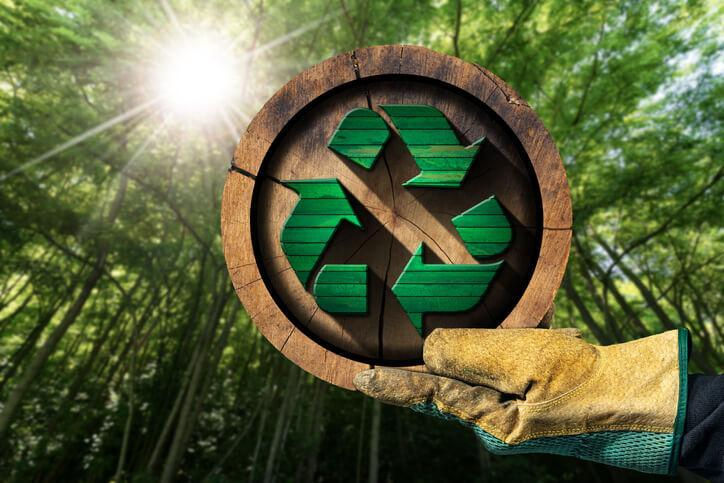Plastic Bans Are Spreading — But Are They Working? 🌍
- Plastech Inc.

- Jul 11
- 2 min read

Welcome back to One Less Bag, where this week we discuss a question stirring debate from city halls to supermarket aisles: “Plastic bans are spreading — but are they actually working?”
Across continents, governments are taking action against plastic pollution. More than 100 countries have implemented some version of a single-use plastic ban, and cities from San Francisco to New Delhi have passed legislation to curb throwaway culture. Momentum is real, and so is public demand for change. But dig a little deeper, and the picture becomes murkier.
While bans have symbolic power and legislative weight, their effectiveness often hinges on the details — and the follow-through. Many of these policies are riddled with loopholes. For example, some retailers replace banned thin plastic bags with thicker ones labeled “reusable,” which are still rarely reused and just as harmful. In some regions, enforcement is minimal, leaving the laws more aspirational than actionable.

Even well-intentioned substitutes can fall short. Alternatives like paper or plant-based plastics are frequently touted as solutions, but without proper disposal systems or composting infrastructure, they often end up in the same landfills and waterways as the plastics they replaced. Worse, some “compostable” products are only compostable in industrial facilities, not in a backyard compost pile — a nuance many consumers (and even retailers) don’t realize.
So, what is working?
Change happens when bans are paired with education, infrastructure, and truly sustainable alternatives. That’s where Plastech comes in. Our zero-plastic, fully compostable product line — from trash bags to shipping mailers, foodware, gloves, and more — is designed to break down naturally and safely in home compost conditions. No greenwashing. No halfway solutions. Just smart, science-backed alternatives that help policymakers, retailers, and consumers move beyond single-use plastics for good.
We don’t see plastic bans as the final destination — they’re the launchpad. To make them stick, we need intentional design, clear communication, and forward-thinking materials that do what they promise. The good news? We’re closer than ever. The challenge now is ensuring the gap between intention and impact gets filled with innovation, not more waste.
Thanks for tuning in to One Less Bag. Together, we’re not just imagining a world beyond plastic — we’re building it.



Comments